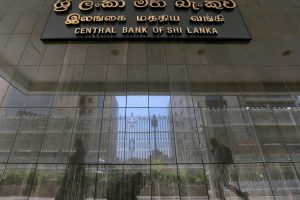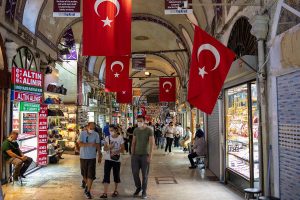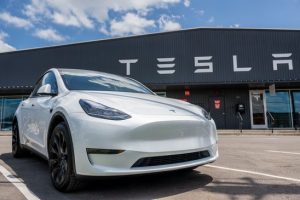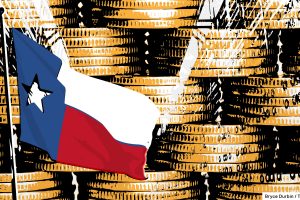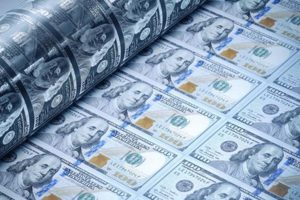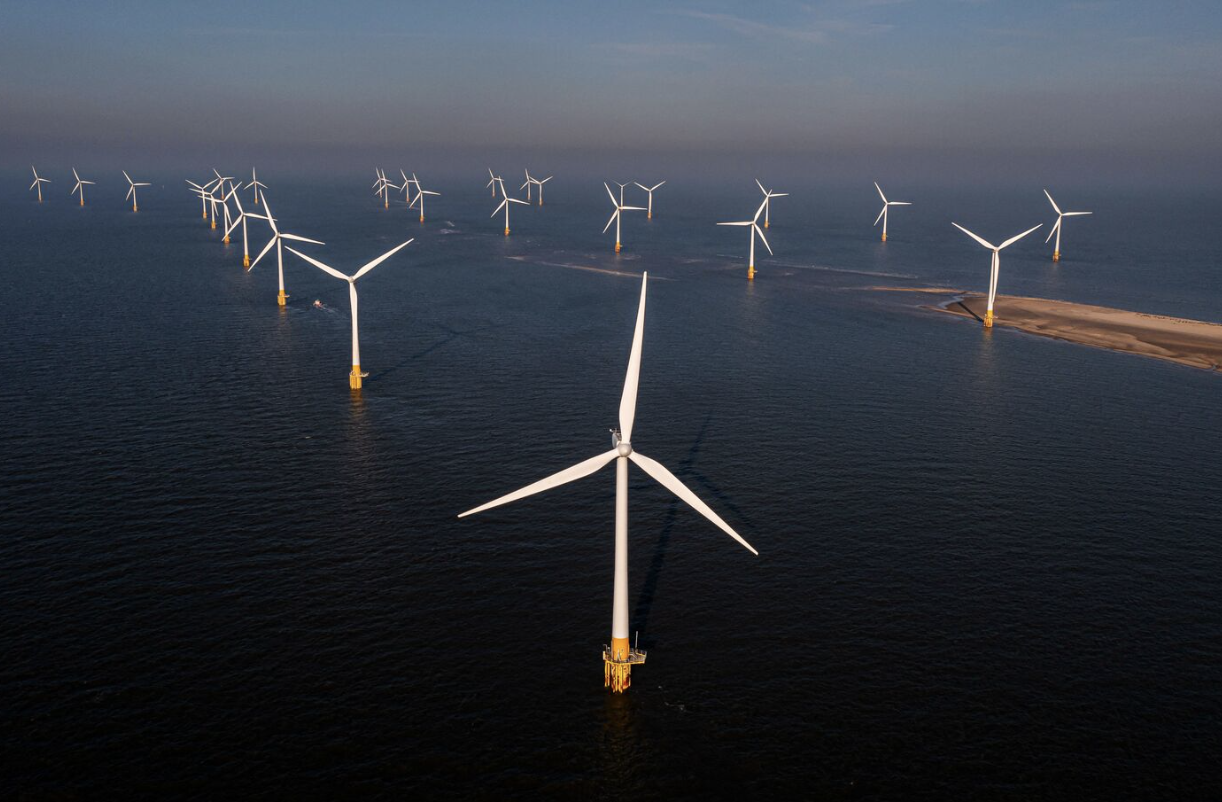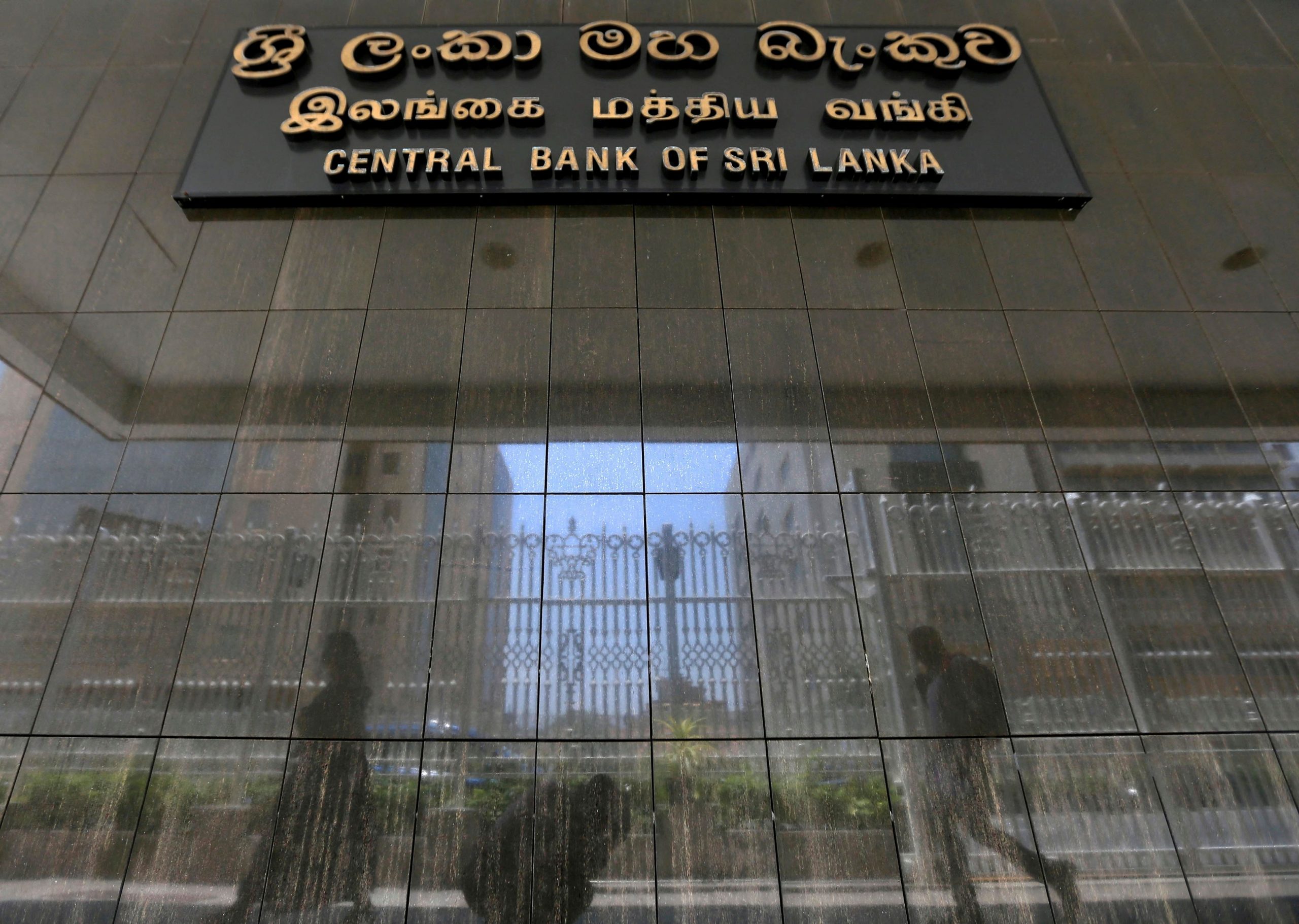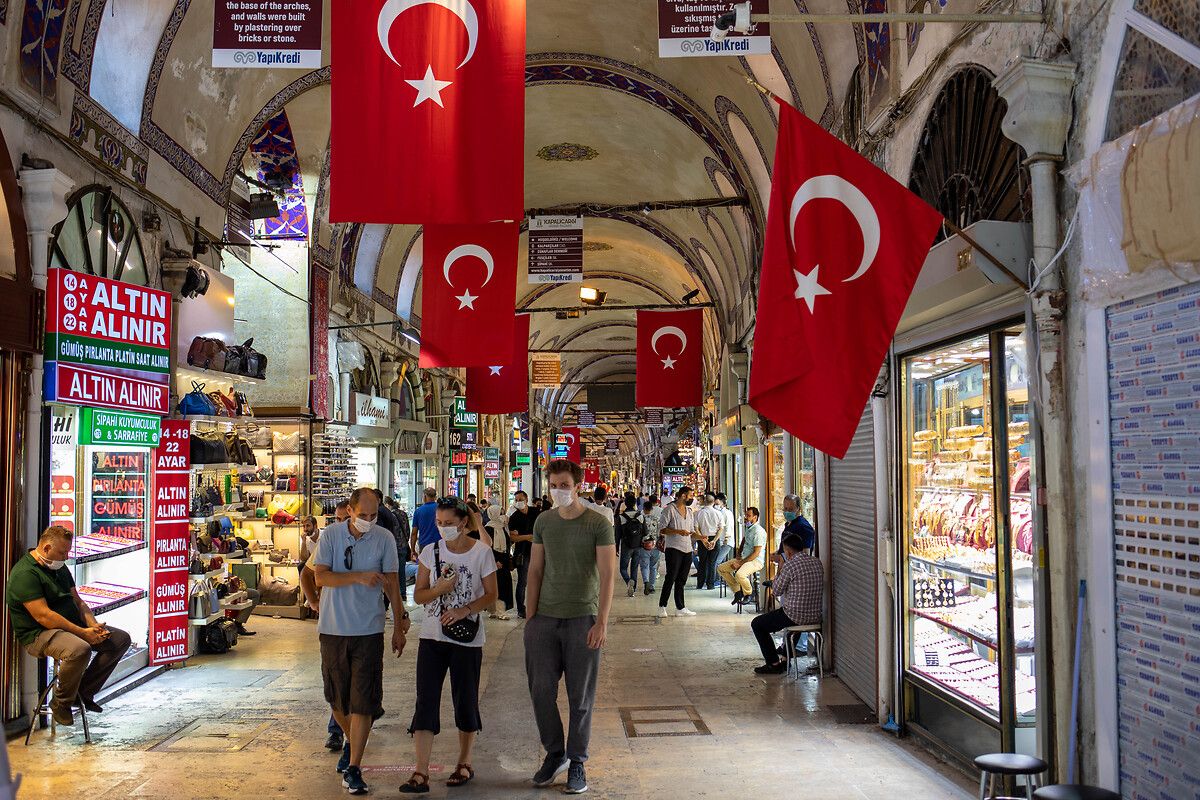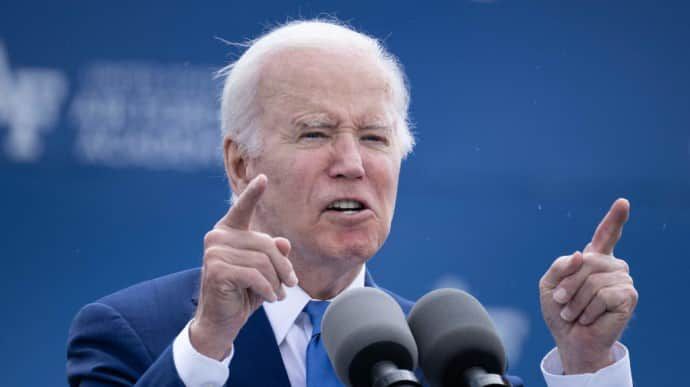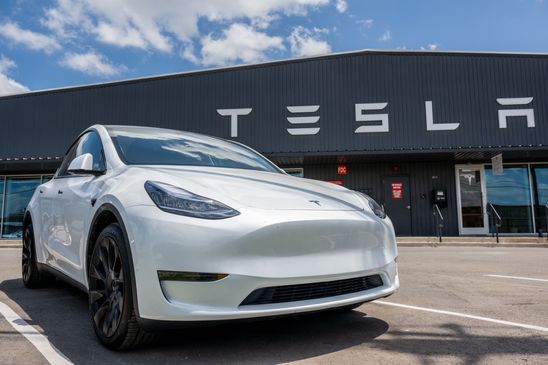What is the biggest thing that mankind has ever built?
All the obvious answers to this pub-quiz question are wrong. It is not the Great Wall of China, nor the Three Gorges Dam, nor the Large Hadron Collider. It is also not Terminal 3 at Beijing Capital International Airport. In fact, the feat belongs to something rather prosaic: the global electricity grid.
The total length of the distribution grid globally is estimated to be some 56 million miles, though it’s hard to be sure. The circumference of the world is a around 24,900 miles. Our electricity transmission lines can go around our world 2,250 times over. So it’s big — very big. It’s also in an awful lot of trouble.
Take the UK. Here the National Grid was built to facilitate a particular kind of electricity generation and transmission system. Power is taken in from a small number of large power plants conveniently located in the center of the country. The power those conventional plants produce drives huge turbines, all of which spin at 3,000 revolutions per minute. That creates a regular 50 Hz signal, one that provides what Saul Matthews of engineering firm Synaptec calls the “heartbeat of the power network.”
Those turbines also come with inertia: They never stop dead. They just keep turning — and in doing so, they keep the grid stable, predictable and pretty simple. This is good. However, these conventional plants are mostly powered by fossil fuels (alongside some hydro). So it’s also pretty bad.
The response to the bad bit is well-known: Replace fossil fuels with renewable generation, in particular with wind and solar. There are still 122 conventional power stations in the UK. But since 1992, we have also added well over 11,000 wind turbines, a large number of solar farms, and on top of that, at least 5,000 households and small businesses feeding the grid from small solar panels.
Think everything from huge offshore and onshore wind farms, the solar farms of Wiltshire and the single panel on your great uncle’s roof in the central belt of sun-starved Scotland feeding into the system. This has set us neatly (if not adequately) on the path to net zero (the path is mostly electric). But it comes with a few nasty complications.
The grid now has to manage not 122 sources of power, but well over 20,000 non-conventional ones. That’s a problem not just of scale but also of stability. These sources of power are not located near the cities they need to serve. (The vast Viking Wind Farm going up in Shetland will produce enough electricity for 475,000 households — but on an island with a population of 23,000.) They are not regular, nor constant, nor predictable, nor do they produce spinning turbines at 50 Hz.
Sometimes the sun shines and the wind blows, and we can survive on nothing but renewables. Other days it does not — and we have to survive on little but conventional power. You might think, says Matthews, of adding a large offshore wind farm to the UK grid as being a bit like giving a human a heart transplant — if the heart was prone to only working under certain conditions, those conditions are hard to predict, and, crucially, the heart was transplanted to your little finger, where it must pump your blood through arteries that are too small for your needs. Not ideal is it?
No wonder the world is finding it so hard to give up coal. Fossil fuels work for the grid. Renewables make it vulnerable to occasional heart failure.
The key point here is that there is no point in building more solar and more wind if we do not have the capacity to store or transmit the energy they create. So, assuming we aren’t going to dump the lot and go 100% nuclear, in the medium-term at least our focus needs to shift to the grid.
We can reconfigure it to suit the new generators and the new geographies. We can create new regional hubs, put in place systems that make it easier for small users to feed energy into the grid. We can make the whole thing more flexible and interconnected. And we can replace old cables and add scores more to connect the big wind farms (we currently have to close down turbines when there is too much wind as we are short on cables and end up with bottlenecks).
This is beginning to happen, but there is a long way to go: Siemens Energy reckons that the global grid size needs to double for net zero to have a chance of working. A grid that can survive hearts on every finger doesn’t just go around the world thousands of times, it is long enough to “reach the sun.”
This all sounds horribly complicated, quite boring and very expensive. It is all those things — the IEA says the world needs to spend $600 billion a year on the grid up to the end of this decade at least. For investors, however, there is something rather attractive about things that are complicated, boring and expensive. They tend to get overlooked, and hence the companies that make them happen can come cheaper than you might expect.
Of course, some companies will be losers: Someone has to pay the $600 billion a year. And whether it be via your energy bills or your taxes, that someone is most likely to be you. So next time someone from the Green Party tells you that the energy transition is cost-free, ignore them. It most definitely is not. You can’t double the size of the biggest thing in the world for nothing.
